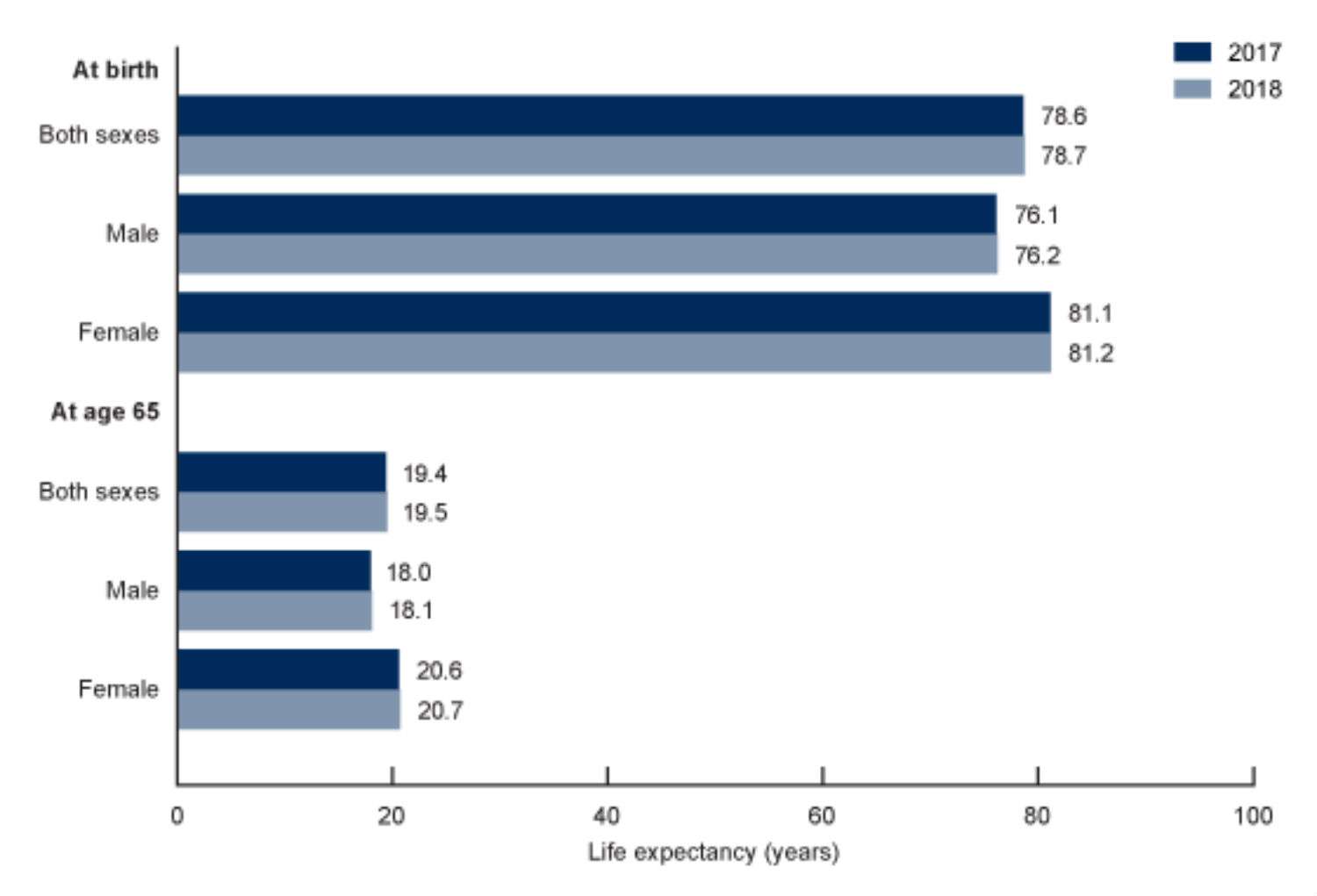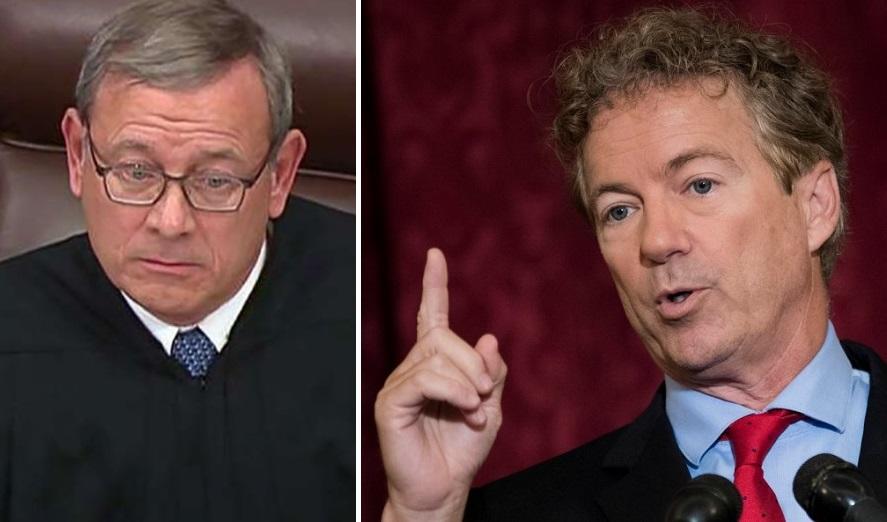When you put political officials in charge of education, you get politicized education. That point was made recently in an investigation conducted by New York Times correspondent Dana Goldstein into the ideological customization of textbooks for the numerous public schools of California and Texas. Her article is eye-opening, but it’s only the most recent evidence that the line between education and indoctrination is often blurry when government institutions present the world to the children under their control—with conflict as an inevitable result.
“The books have the same publisher. They credit the same authors. But they are customized for students in different states, and their contents sometimes diverge in ways that reflect the nation’s deepest partisan divides,” Goldstein writes.
Side-by-side comparison of the eight textbooks Goldstein examines, all published since 2016, reveal very different takes on hot-button issues including immigration, race relations, sexuality, self-defense rights, and economics.
Interpretations of the Civil War and its aftermath remain divisive:
Southern whites resisted Reconstruction, according to a McGraw-Hill textbook, because they ‘did not want African-Americans to have more rights.’ But the Texas edition offers an additional reason: Reforms cost money, and that meant higher taxes.
Whole paragraphs on redlining and restrictive deeds appear only in the California editions of textbooks, partly as a result of different state standards.
Presentations of free markets and private enterprise are also different in textbooks crafted for different states:
Texas policymakers feel strongly about giving students a positive view of the American economy; since 1995, state law has required that high school economics courses offer an ’emphasis on the free enterprise system and its benefits.’ That emphasis seems to have made its way into the history curriculum as well.
California’s curriculum materials, by contrast, sometimes read like a brief from a Bernie Sanders rally. ‘The yawning gap between the haves and have-nots and what is to be done about it is one of the great questions of this time,’ says the state’s 2016 social studies framework.
California and Texas get customized and very differently spun versions of the same publications because they are large markets with centralized state panels that approve textbook acquisitions. As you would expect, the California panel leans left and the Texas panel leans right.
Given how eye-opening the Times investigation is, it’s ironic that a project by the same newspaper now features in debates over politicized education.
“The 1619 Project—The New York Times Magazine‘s much vaunted series of essays about the introduction of African slavery to the Americas—will now be taught in K-12 schools around the country,” Reason‘s Robby Soave noted just days ago. “Many historians, though, have questioned The 1619 Project’s accuracy. Five of them penned a letter to The New York Times expressing dismay ‘at some of the factual errors in the project and the closed process behind it.'”
Billed as corrective to the long-time glossing-over in American classrooms of the legacy of slavery, The 1619 project tacks far in the other direction, portraying the United States as irreparably stained by racism and the practice of human bondage, and free market economics as rooted in plantation slavery.
“Mandating the use of The 1619 Project in K-12 curricula is at best premature until these issues are resolved and the Times makes a good faith effort to answer its critics,” economic historian Phil Magness told Soave.
The curriculum debates of the moment are only the latest manifestation of years-long disagreements over how the world should be presented to students in the public schools.
“The Texas State Board of Education adopted a social studies and history curriculum Friday that amends or waters down the teaching of the civil rights movement, religious freedoms, America’s relationship with the U.N. and hundreds of other items,” CBS reported in 2010.
Tucson, Arizona public schools sparred with critics for years over a controversial ethnic studies program in a battle that presaged a similar debate in California.
Michigan officials divided over partisan lines when it came to issues including the question of whether students should be taught the U.S. is a “democracy” or a “republic.”
And, famously, battles between classroom advocates of creationism and those of evolutionary theory dragged on for decades, starting at least as long ago as the 1925 Scopes Trial. Lost in most reports about that courtroom drama is that the textbook at issue contained not just now-widely accepted ideas about the natural emergence of humanity, but also some truly awful eugenics nonsense presented as fact.
It’s true that people can differ over interpretations of the world around us without the intervention of government officials—and can do a bad job of it entirely free of bureaucratic directives. Howard Zinn’s A People’s History of the United States is the go-to alternative to history textbooks for lefties. But it’s widely criticized by mainstream educators as at least as spun as—and often less accurate than—many of the works it seeks to counter. And private schools can teach nonsense as readily as public schools; if you want your kids to learn creationism today, plenty of fundamentalist institutions are available to do the job.
But Zinn’s estate offers his take on the world primarily to private buyers who want an alternative to official texts. And church-run schools aren’t subsidized by advocates of evolutionary theory—they charge willing parents the price of admission.
By contrast, government officials with control over public schools and the textbooks they use impose their specific visions of “truth” from the top down on the willing and unwilling alike. Their intent is to ensure that approved takes are fed to all of those young voters of the future. That’s a guaranteed recipe for conflict over what’s taught. Such disputes are so common, in fact, that the Cato Institute tracks them in their multitude on its Public Schooling Battle Map.
If you’re looking for a complete fix for biased lessons, it probably doesn’t exist. School choice is no guarantee that children will learn only accurate information, let alone that they’ll be taught to critically analyze their lessons and accept no source as the final word. No approach is going to reach that high a standard.
But when families choose education options that suit them, and avoid those that don’t, there’s much less reason to fight over what’s taught in the classroom. There’s even a better chance for diverse opinions to flourish and be debated in settings where the stakes are lower.
Don’t worry, we’ll still find plenty of other reasons to argue.
from Latest – Reason.com https://ift.tt/38OYKaM
via IFTTT



